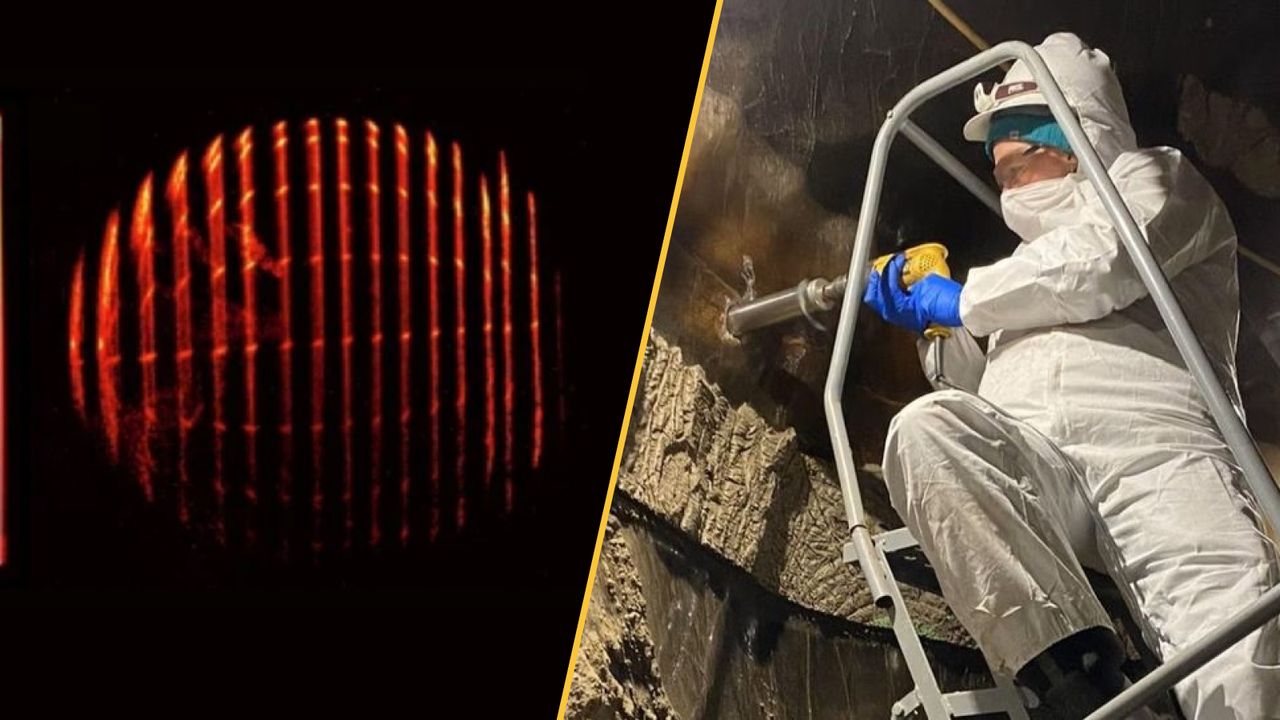This week’s science news was led by a spate of climate stories that were as worrying as they were fascinating.
### Ancient Microbes Awaken in Alaskan Permafrost
Topping the bill are microbes that were woken up after lying frozen in the Alaskan permafrost for up to 40,000 years, only to begin churning out carbon dioxide. The ability of these microbes—some of which have been dormant since the last Ice Age—to return to their regular functioning within months is fascinating.
But it’s also a frightening portent of a potential climate doom loop, whereby global warming causes the permafrost to thaw, unleashing these bugs to then accelerate the heating of the planet further.
### Record CO2 Emissions in 2024
We’re careening towards dangerous levels of warming, even without the greenhouse gas-spewing microbes. A new report published this week revealed that the CO2 entering Earth’s atmosphere increased by a record amount in 2024. This surge is attributed not only to a record rise in humanity’s burning of fossil fuels but also to a spike in wildfires and reduced absorption from Earth’s carbon sinks.
### Methane Leaks Beneath the Antarctic Ocean
Unprecedented warming has the potential to trigger additional climate feedback loops. Another concerning story this week focused on methane leaks multiplying beneath the Antarctic Ocean. Methane is a greenhouse gas far more potent than CO2 in the short term.
These emissions could spark devastating weather events, droughts, and even drastic overcorrections by planetary biomes that might hasten the onset of the next ice age.
—
## Physicists Simulate Relativity ‘Breaking’ Illusion
### Capturing an Object Moving at 99.9% the Speed of Light
Ever wonder what an object moving close to the speed of light would look like? This week, scientists revealed groundbreaking research that simulated this optical phenomenon.
Using lasers and ingenious gated camera techniques, researchers captured an illusion that appears to challenge Einstein’s theory of special relativity. Known as the Terrell-Penrose effect, this phenomenon shows that a camera capturing an object moving near light speed wouldn’t see it squashed along its direction of motion, as Einstein’s theory predicts.
Instead, the object appears partially rotated. This happens because light takes different amounts of time to travel to various parts of the object.
It’s important to note that the sphere in the experiment wasn’t actually accelerated to the speed of light. Rather, its motion was simulated through clever camerawork. Nonetheless, the bizarre effect was beautifully captured.
—
## More Physics and Math News
– Einstein’s relativity could rewrite major rules about what types of planets are habitable
– Stalagmites adhere to a single mathematical rule, scientists discover
– “This moves the timeline forward significantly”: Quantum computing breakthrough could slash pesky errors by up to 100 times
—
## Life’s Little Mysteries: Which Planets Are the Youngest and Oldest in Our Solar System?
Our solar system formed when a giant celestial cloud collapsed, giving birth to our Sun and planets. But which planets came first?
It turns out the answer is messy and depends on the method scientists use to estimate planetary ages.
If you enjoyed this, sign up for our [Life’s Little Mysteries newsletter].
—
## James Webb Telescope Spots Something Weird Coming Out of M87*
### Two Giant Jets Instead of One
What’s better than a giant jet of relativistic material being spat out by a black hole? Two giant jets, of course.
This week, the James Webb Space Telescope captured new images revealing something “very exciting” shooting out of M87*, the first black hole ever imaged.
—
## Stunning Wildlife Photography from Namibia’s Kolmanskop Town
In other news, a chilling photograph resembling a moody metal album cover, taken in the gutted ruins of the diamond mining town Kolmanskop in Namibia, won the national photography competition.
Brown hyenas—the rarest hyenas on Earth—are known to pass through Kolmanskop while traveling to hunt Cape fur seal pups or scavenge for carrion along the Namib Desert coast.
The competition also featured incredible photos including:
– A caracal hunting a flamingo
– A ladyfish snatching prey from right under an egret’s beak
– A “Mad Hatterpillar” balancing a tower of exoskeleton shells on its head
—
Stay updated with the latest discoveries and more by following Live Science on social media.
https://www.livescience.com/planet-earth/science-news-this-week-revived-permafrost-microbes-spew-co2-scientists-image-object-moving-at-99-9-percent-the-speed-of-light-and-james-webb-telescope-spots-something-exciting-blasting-from-black-hole-m87


